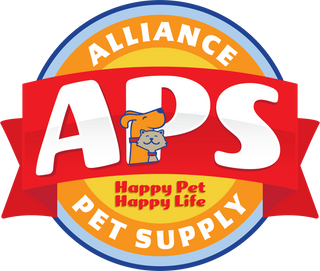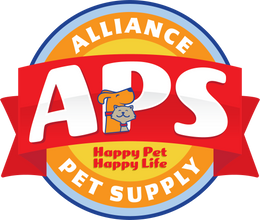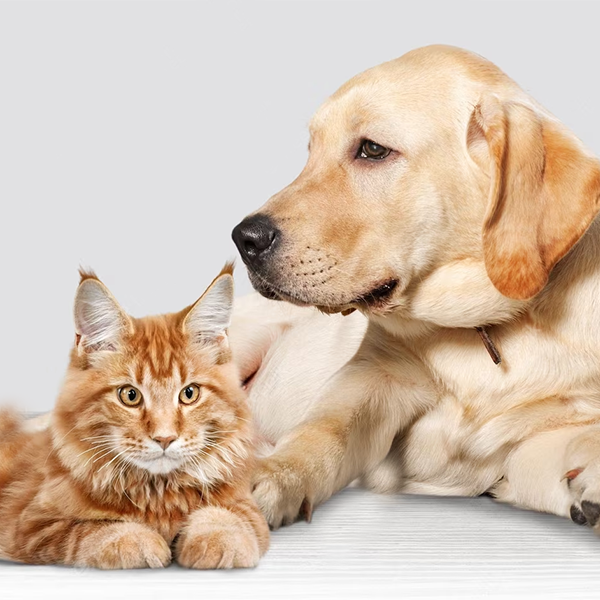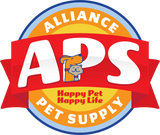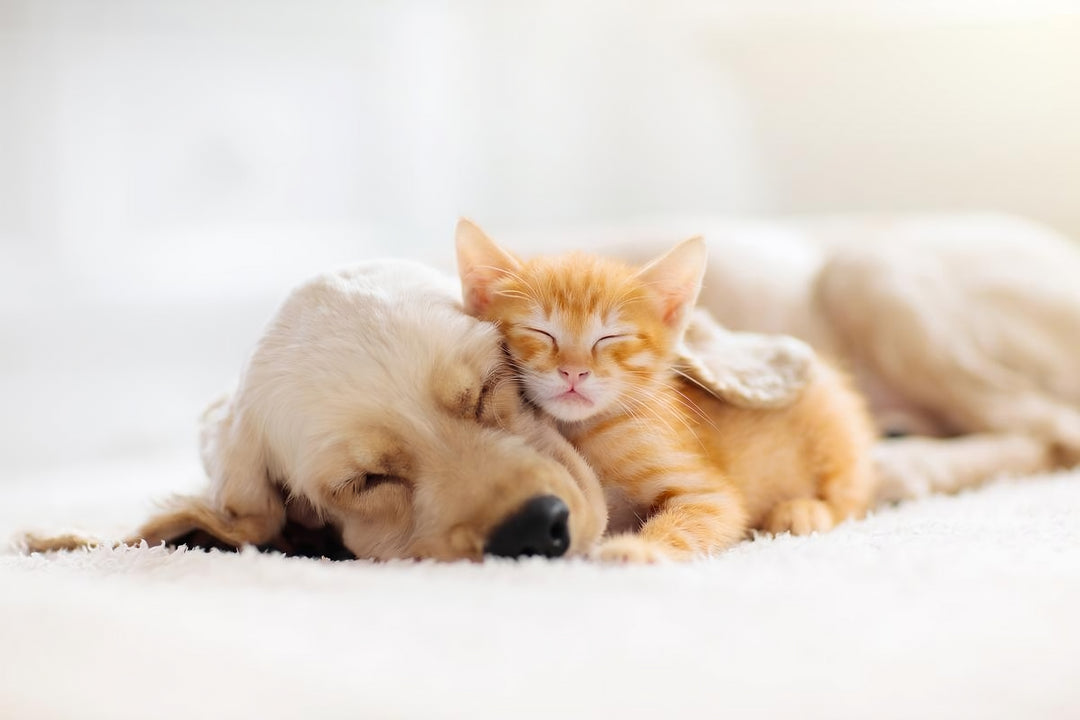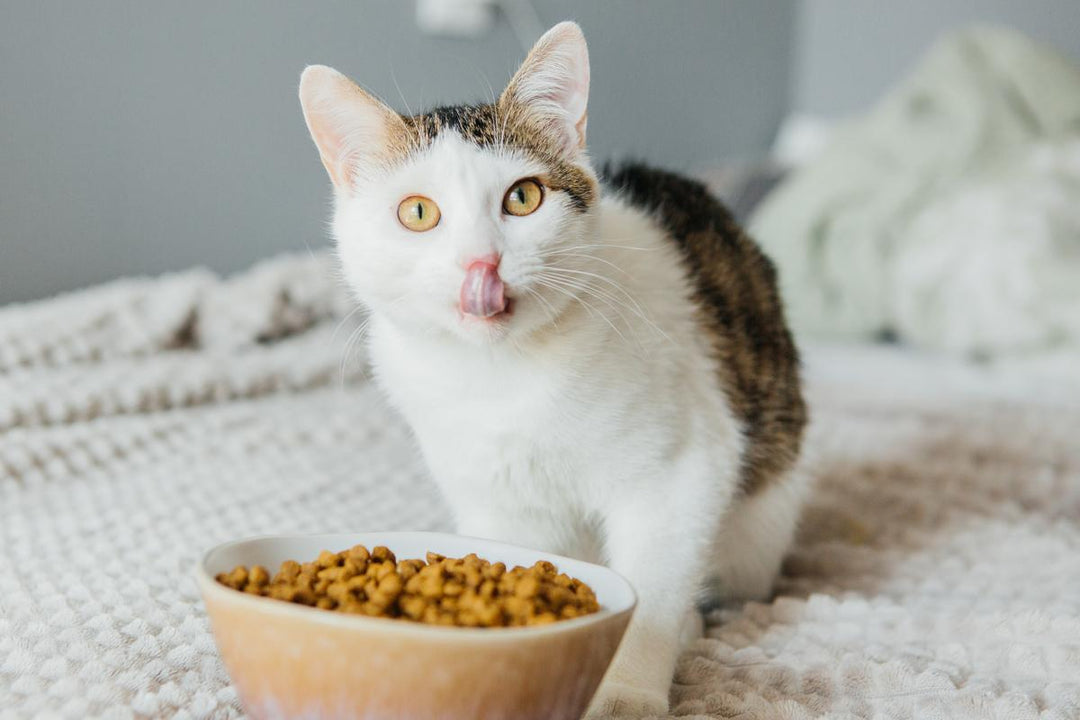Warm weather pet safety
You might know that cold weather poses health risks to your pets, but so does warm weather – even on days that don’t seem that hot to you. Knowing the risks and being prepared can help keep your pet safe.
Be prepared
-
Talk to your veterinarian about warm weather risks for pets (and travel safety if you plan to travel with a pet).
-
Make sure your pets have unlimited access to fresh water, and access to shade when outside.
-
Keep your pet free of parasites that are more common during warm weather, such as fleas, ticks and heartworm.
-
Ask your veterinarian how to recognize signs of heat stress.
Keep pets at home
-
Leave your pets at home if possible when you need to go out and about.
-
Provide different temperature zones within your house for your pet’s comfort.
-
Never leave a pet in the car, even in the shade or with windows cracked. Cars can overheat quickly to deadly temperatures, even when the weather isn’t severe.
Keep them comfortable
-
If it’s hot outside for you, it’s even hotter for your pet.
-
Take walks, hikes or runs during the cooler hours of the day.
-
Avoid hot surfaces, such as asphalt, that can burn your pet’s paws.
-
Ask your veterinarian if your pet would benefit from a warm-weather haircut or other protection.
Exercising with your pet
-
Consult your veterinarian prior to starting an exercise program for your pet. Overweight pets and short-nosed dog breeds have higher risk of problems with warm-weather exercise.
-
Don’t walk, run or hike with a dog during the hottest parts of the day or on particularly warm days.
-
Take frequent breaks.
-
Bring enough water for both you and your pet.
Garden and yard safety
-
Make sure the plants in your garden and yard are safe for pets.
-
Store lawn fertilizer and insecticides out of reach of your pets.
-
Always follow safety instructions on lawn and garden products, particularly the instructions on how long you should keep pets out of the treated areas.
-
If you use a lawn service, make sure they are aware that you have pets.
-
Avoid using cocoa bean mulch, which contains the same pet toxin found in chocolate.
